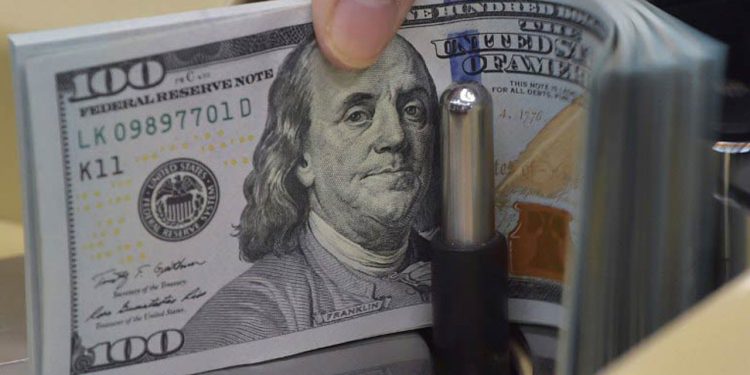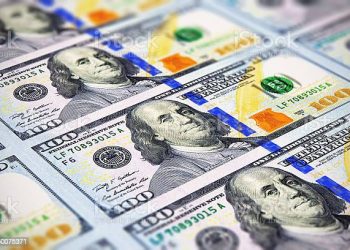Amidst escalating tensions in the Middle East and the anticipation of stubbornly high U.S. interest rates, the dollar remained firm on Monday, sustaining its largest weekly gain since 2022.
Last week, the dollar strengthened by 1.6% against a basket of six major currencies following a surprising uptick in U.S. inflation. This development raised doubts about potential rate cuts by the Federal Reserve, contrasting with signals from European policymakers indicating a cut within the next few months.
While Iran’s attack on Israel over the weekend initially appeared to have minimal impact on currency markets, with the market focusing more on receding expectations of Fed rate cuts, analysts suggest that the broader implications are yet to unfold.
Jason Wong, senior market strategist at BNZ in Wellington, remarked, “It is too early to judge. It was really a symbolic attack over the weekend …, never really designed to inflict much damage – it’s now over to what Israel’s response will be.”
Despite Iran’s warning and subsequent missile strike on Israel, the dollar index, which measures the dollar against a basket of six other currencies, remained relatively stable at 105.92, just below Friday’s 5-1/2 month high of 106.11.
Chris Turner, global head of markets at ING, highlighted the dollar’s attractiveness as a safe-haven currency amidst uncertainties, citing ample liquidity, high U.S. deposit rates, and U.S. energy independence.
Meanwhile, the yen experienced significant depreciation, reaching a 34-year low against the dollar at 153.93. This decline has reignited speculation about potential currency intervention by Japan, with Finance Minister Shunichi Suzuki stating that Tokyo is “fully prepared” to act.
Nicholas Chia, Asia macro strategist at Standard Chartered Bank, pointed out that investors are closely monitoring Fedspeak this week, especially after the recent consumer price (CPI) report. With expectations of Fed cuts receding and interest rate adjustments pushed back to September, the two-year Treasury yield surged past 5% on Thursday.
In currency markets, the euro showed slight gains on Monday, trading at around $1.0660 but remaining close to a five-month low reached on Friday. Bitcoin, on the other hand, experienced volatility, falling below $62,000 on Sunday before recovering to $66,381.











